A chance to see a rare vagrant gull on my doorstep was too good to miss and so last week I took a visit to the Ogmore estuary in South Wales and was not to be disappointed.
A Curious Name
Bonaparte’s Gull is in good company when it comes to birds named after ornithologists. Bewick’s swan, Savi’s warbler, Mantagu’s harrier  and Leach’s storm petrel come to mind but Bonaparte’s gull has always seemed to be a slightly strange one to me, only because we associate the name with one man and he certainly wasn’t an ornithologist.
So who was this delicate gull, slightly smaller than the Black-headed gulls it tends to associate with but larger than the Little gull, named after, and is there any link with the Emperor himself?
Napoleans Nephew
The gull is named after Charles Lucien Bonaparte a French ornithologist and zoologist who was actually Napolean’s nephew, being the son of the emperor’s younger brother. He was raised in Italy moving to America in 1822 where he made his name updating Wilson’s American Ornithology before returning to Europe, settling in Rome and continuing to write on the birds of North America and Europe. Interestingly, Wilson is another ornithologist to have the privilege of having a couple of birds named after him, Wilson’s Phalarope and Wilson’s Petrol.
It’s not only the name that sets this gull apart from the rest of its cousins. Whilst most gulls are associated with rubbish tips and have a diet that includes just about everything that’s digestible, the Bonaparte’s gull sticks pretty religiously to a diet of insects, small crustaceans, plankton and small fish. This was illustrated well with the Ogmore bird, as it didn’t respond to the bread crumbs from the loaf I took with me with the same enthusiasm as the Black-headed gulls it was partially associating with. Only occasionally would it fly in to do battle for a crumb or two and even then rapidly retreat back to the far side of the river where it would ply the same forty yard stretch of water time and time again.
An Unusual Gull
Unusual for  gulls it also nests in trees, usually by the side of the main trunk of a spruce or pine by the side of a lake or marsh in the boreal forests of Canada and Alaska. It embarks on a lengthy migration moving along the western sea board of the North American coast, often in its thousands, to winter in Mexico. Such a bird occurring somewhere like Ogmore is termed a vagrant; a bird that is far out of its breeding and wintering grounds or migration routes. Often vagrants are so far from their normal range that they appear on different continents and there are a number of possible reasons they may turn up in such unexpected places, although they are not fully understood.
A Gull on its own
Weather conditions, particularly storms and the unstable and often turbulent air conditions, may throw a bird well off its normal territory. A loss of the birds navigational instincts due to genetic abnormalities, perhaps a young inexperienced bird on its first migration without adults simply overshooting or migrating from the expected course, or even birds that are simply wanderers that naturally ‘like to roam’ in search of better feeding grounds are possible reasons for such wanderers appearing well out of their normal range. Whatever had brought this bird to the coast of South Wales it was clear to see that it was a loner. Whilst loosely associating with the black-headed gulls, if one came too close the vagrant would take flight to keep the intruder at a safe distance. As the other gulls drifted or flew up and down stream it remained in the same location clearly isolated.
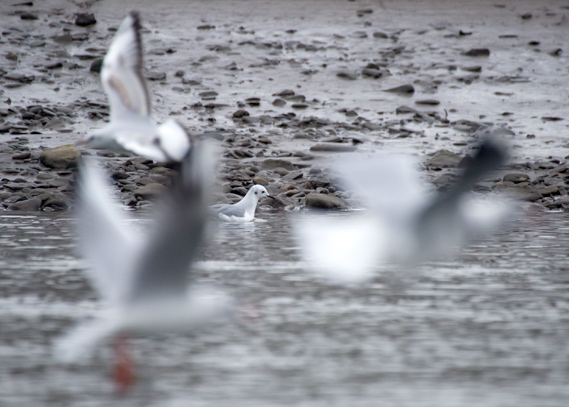
A choice of two lenses
I spent a couple of hours with this rare visitor on my own on a cold but dry afternoon and enjoyed watching its feeding habits which again were different from our own gulls. Its habit of plunge diving from the surface was very evident. It was a beautifully delicate bird with a wonderfully clean feel to it, particularly in flight. I photographed it with two cameras, switching between the Nikon D300 and the D3s and used my new lens, the Sigma 50-500mm. I’ve bought this as a weight saving device after my recent surgery. It’s so much lighter and easier to walk good distances with than the Nikon 500mm f4 prime lens. I realise I’ll be sacrificing some quality but it has other advantages as well as its weight and I’ll discuss these in a later post.
I’ve always stated that I’ll not chase birds and twitching is not for me, but when something like this lands on your doorstep it’s too good a chance to miss!

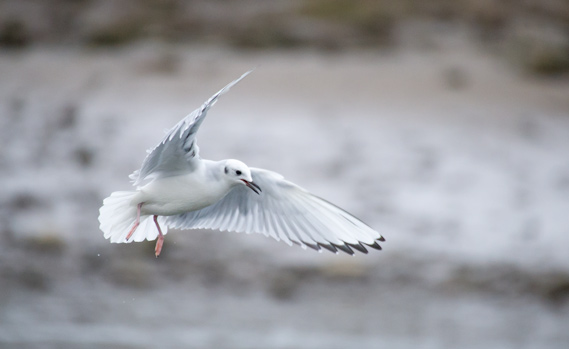
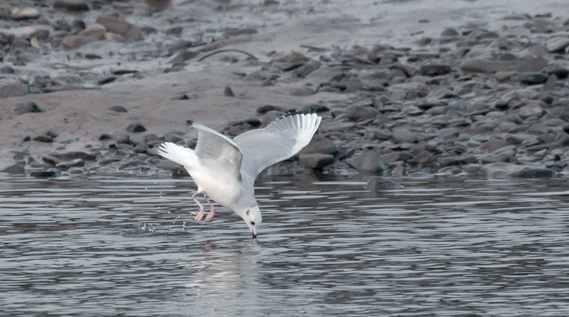
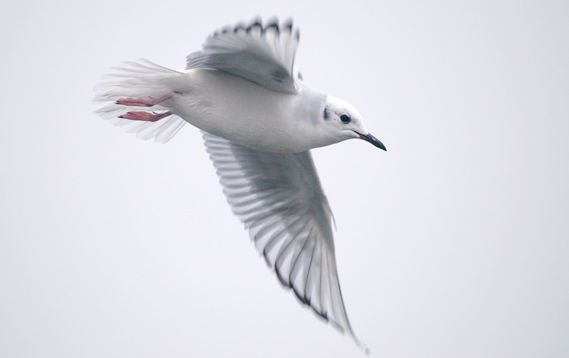
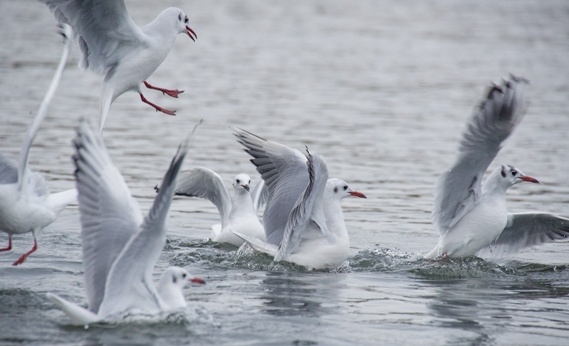
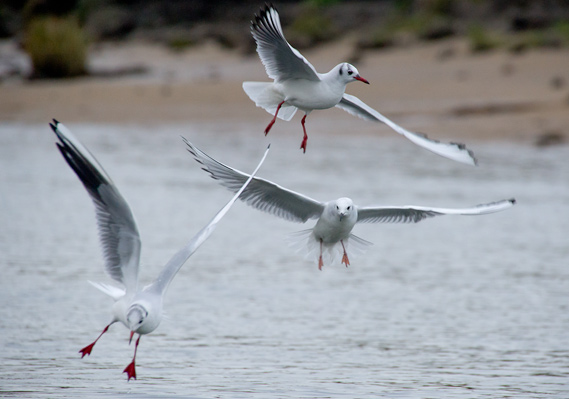
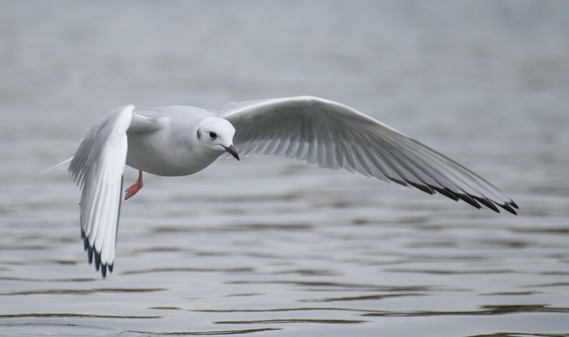
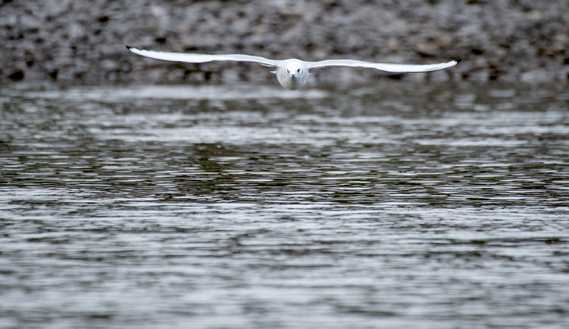
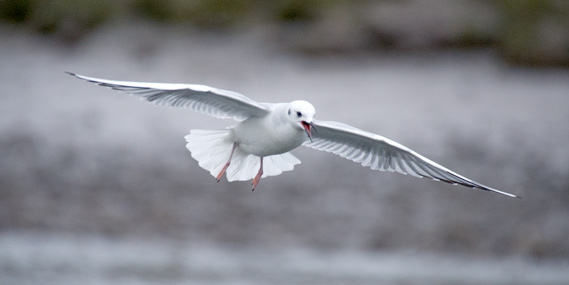
No comment yet, add your voice below!